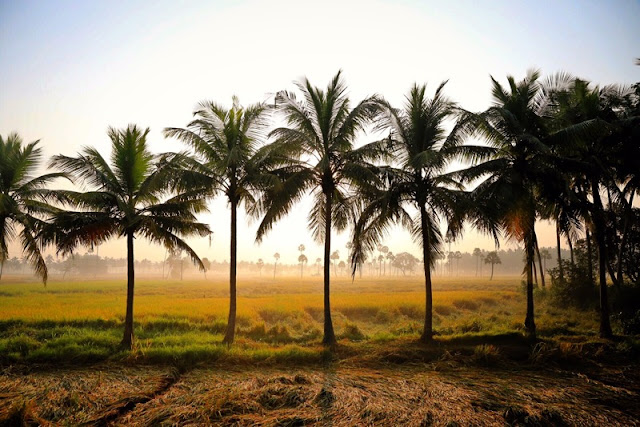People often say that you make a trip to the holy cities of Madinah and Mecca to find God - you don't. God is everywhere and endless. You make this trip to find yourself. To know your self, to know the very core of your being. You go to these places to know what real peace is like, the kind of peace that stems from the inside walls of your heart. You go to feel what it is like to return to a home you've had all along. You go to these cities to leave behind your life, to realize the insignificance of so many problems, the mundane, to realize your only needs. To realize that all we have are the prayers in our hands. You go to meet people from all over the world, to not speak the same language, and to realize that that is okay. To remember that emotion is the universal language and devotion is just love by another name.
One of the most perfect moments I have ever had was in the nighttime, while standing on the roof of Masjid al-Haram in Mecca, assembling in lines for isha (nightly prayer). The sky above us was effortlessly clear, without many visible stars, and a moon that was too perfect for words but quietly humble in it's own beauty (as always). The air was dry and there was a cool, light breeze that is frequently invited by the desert in the nighttime. The iqamah (call to prayer) was called and the entire city grew quieter as if by habit, and the children playing behind me on the roof quickly ran to find their place next to their parents. I stood behind rows of women, some from Indonesia, Sri Lanka, Pakistan, Algeria. The woman to my left was from Sudan and she carefully placed her beautiful, curly haired baby on the ground in front of her as she stood to pray. Then, in one of the most incredible acts of discipline the world may ever see, literally thousands of people around the Kaaba and at every level of the mosque raised their hands in prayer behind the voice of the Imam (leader of prayer). He begins to recite the chapter of the Quran entitled "Ar-Rahman" or "the Most Merciful". Allow me a moment here to discuss the structural beauty of this chapter. Those that know this surah (chapter) know how beautiful it is just to hear, even without knowing any of it's meaning. It is written in the style of early Arabic poetry, with rhymed couplets and it's beauty is such that this chapter itself is often referred to as the beauty of the Quran. The imam begins to recite the verses of this chapter, the especially iconic one being "Which of the favors of your Lord will you deny?". Imagine. Thousands of people in complete silence, standing shoulder to shoulder, listening to the verses of this beautiful surah, contemplating the concept of gratitude or perhaps the lack thereof. In the most heartfelt and natural way, the imam begins to softly cry during his recitation. Only the moon could witness how many more followed suit in that moment.
A part of me never wants to share these experiences with anyone, for fear of any of it leaving my heart in their perfect state. The fear of speaking too often about memories is that they can transform, they begin to sound and feel different - and maybe they begin to make you feel different too, or worse, nothing at all. But maybe not. Some memories are already in the most protected abyss of my heart and my mind will hold them the way thirst holds water. So much so that I could never forget them, despite my hardest efforts. *Nervous chuckle*.
 |
| Beautiful white architecture of Masjid al-Haram |
 |
| Stunning |
 |
| Qiblatain Mosque |
 |
| Qiblatain Mosque |
 |
| Beautiful Miqaat Mosque in Medina |
 |
| how lovely are these fresh dates? |
 |
| Masjid an-Nabawi at Sunrise. |
 |
| Perfection |
 |
| Prayers on the roof; chill, I didn't take this photo, fam did |
 |
| I could stare at this architecture all day |
 |
| The only portrait; white turbans against tanned skin and lines is such beauty |
 |
| all the feels in the desert |
Till the day I'm lucky enough to go back.
"For the past week, I have been utterly speechless and
spellbound by the graciousness I see displayed all around me by people of all colors.I have
been blessed to visit the Holy City of Mecca." - Malcolm X, in Letter from Mecca
Wishing you all the light and peace,
- S






















































